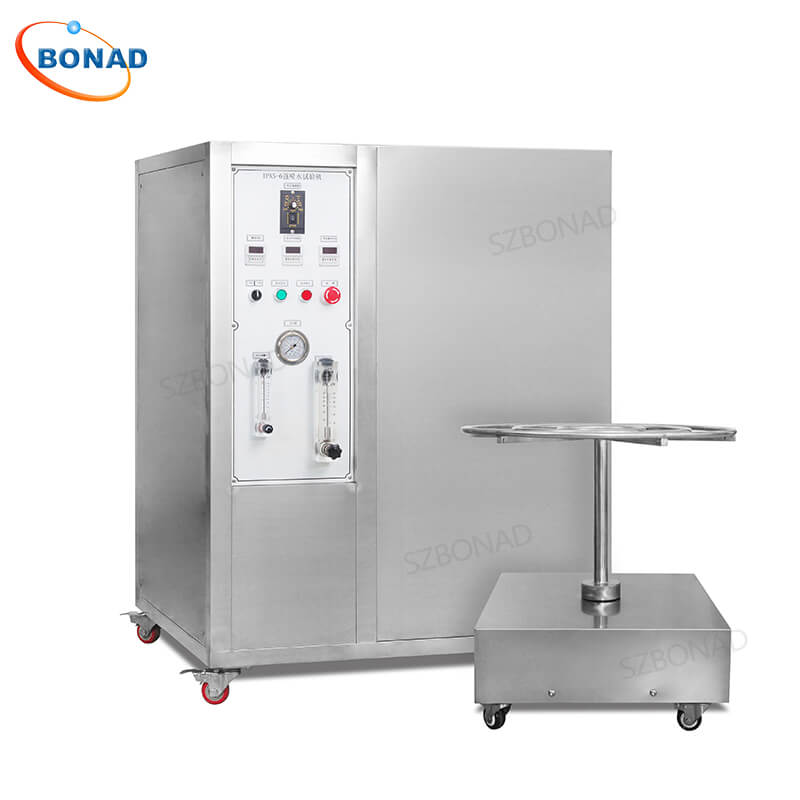Lithium-ion (Li-ion) batteries power our world, from smartphones and laptops to electric vehicles and industrial equipment. Ensuring their safety, reliability, and longevity under real-world conditions is paramount. Temperature testing plays a critical role in this process, simulating the extreme environments batteries face during use, storage, and transport. Temperature test chambers are the essential tools for these rigorous evaluations.

Here are the 11 most frequently asked questions (FAQs) about using temperature test chambers for Li-ion battery testing:
1. What is the purpose of using a temperature test chamber for Li-ion batteries?
Temperature test chambers simulate extreme high and low temperatures that Li-ion batteries might encounter during operation (e.g., in EVs, phones), storage, or transportation. This testing evaluates critical factors like performance, safety margins (preventing thermal runaway), cycle life, capacity retention, and overall reliability under thermal stress, ensuring the battery functions safely and effectively in its intended application.
2. What temperature range should be tested for Li-ion batteries?
Testing ranges depend on the application and specific standards, but typically cover:
- Storage: -20°C to 60°C (evaluates long-term stability without use).
- Operation: -10°C to 50°C (assesses performance during discharge/charge).
- Extreme/Safety Testing: -40°C to 80°C or beyond (validates resilience under severe stress or failure modes). Always consult manufacturer specifications and relevant standards (like UN 38.3, IEC 62133) for precise requirements.
3. How long do you need to test a Li-ion battery in a temperature chamber?
Test duration varies significantly based on the objective:
- Thermal Cycling: Can last days or weeks, involving numerous cycles (e.g., 100-500 cycles) between high and low temperatures.
- Temperature Extremes (Soak Tests): Typically range from several hours (e.g., 4-24 hours) to days at constant high or low temperatures.
- Long-Term Storage Tests: Can extend for months to years at specified temperatures. The goal is to simulate real-world exposure times or accelerate aging.
4. What are the key tests conducted in a temperature test chamber for Li-ion batteries?
Common critical tests include:
- Thermal Cycling: Repeatedly exposing batteries to alternating high and low temperatures to simulate environmental changes and induce mechanical/chemical stress.
- High-Temperature Exposure: Testing performance and stability during extended operation or storage at elevated temperatures (e.g., 45°C, 60°C).
- Low-Temperature Exposure: Evaluating discharge capacity, power capability, and charging behavior in freezing or sub-zero conditions.
- Storage Tests: Assessing capacity loss, self-discharge, and internal resistance changes after prolonged storage at various temperatures.
- Temperature-Dependent Charge/Discharge Tests: Measuring how charge acceptance, discharge curves, and efficiency vary across the operational temperature range.
5. Why is temperature testing important for Li-ion batteries?
It’s crucial for three main reasons:
- Safety: Prevents catastrophic failures. High temperatures can trigger thermal runaway (fire/explosion), while low temperatures can cause lithium plating during charging, increasing short-circuit risk.
- Performance & Durability: Temperature drastically affects capacity, power output, charging speed, and overall lifespan. Testing ensures batteries meet performance specs throughout their intended operating range.
- Compliance: Mandatory for certifications like UN 38.3 (transport safety), IEC 62133 (general safety), UL 2054, and ISO 12405 (automotive), ensuring market access and regulatory approval.
6. What is the difference between thermal cycling and constant temperature testing?
- Thermal Cycling: Involves rapid or gradual temperature changes between setpoints (e.g., -20°C to +60°C and back). It stresses the battery through repeated expansion/contraction and chemical rate changes, revealing fatigue and long-term durability issues. Simulates real-world environmental fluctuations.
- Constant Temperature (Soak) Testing: Maintains a stable high or low temperature for an extended period. It assesses performance limits, storage stability, and potential failure modes at specific, sustained extremes.
7. Can a temperature test chamber simulate rapid temperature changes?
Yes, advanced chambers offer rapid temperature transition rates (e.g., >5°C/min, 10°C/min, or higher). This “fast thermal cycling” is vital for testing scenarios like:
- Rapid charging/discharging causing internal heat spikes.
- Batteries moving quickly between extreme environments (e.g., an EV parked in freezing weather then driven).
- Simulating thermal shock conditions.
8. How do you monitor battery performance during temperature tests?
Continuous monitoring is essential and typically includes:
- Electrical Parameters: Voltage, current, charge/discharge capacity (using battery cyclers).
- Capacity Fade: Tracking energy storage/release capability over cycles or time.
- Internal Resistance: Monitoring increases that signal degradation or potential safety issues.
- Battery Surface Temperature: Using thermocouples attached directly to the battery cell/pack to ensure the actual battery temperature meets test specs and doesn’t exceed safe limits.
- Visual/Safety Monitoring: Checking for leaks, swelling, or venting (often via cameras within safety enclosures).
9. Are there any safety concerns during temperature testing of Li-ion batteries?
Absolutely. Testing inherently pushes batteries to their limits. Key concerns include:
- Thermal Runaway: High-temperature tests, especially on damaged or faulty cells, can initiate uncontrollable self-heating, leading to fire or explosion.
- Venting/Gas Emission: Cells may release flammable or toxic gases under stress.
- Mitigation: Use chambers with robust safety features like explosion-proof construction, emergency exhaust/cooling systems, fire suppression, and continuous gas monitoring. Ensure excellent ventilation in the test lab. Follow strict protocols for cell fixturing and electrical connections to prevent shorts. Never leave tests unattended without appropriate safety systems.
10. What standards or regulations govern temperature testing for Li-ion batteries?
Key international standards include:
- UN Manual of Tests and Criteria, Part III, Section 38.3 (UN 38.3): Mandatory for transport safety, includes specific temperature cycling and extreme temperature tests.
- IEC 62133 / IEC 62133-2: Covers general safety requirements for portable cells/batteries, including temperature testing.
- ISO 12405-4: Focuses on test specifications for lithium-ion traction battery packs and systems (electric vehicles).
- UL 1642 (Cells) / UL 2054 (Batteries): North American safety standards covering various environmental tests, including temperature.
- IEC 62660 (EV Traction Batteries): Includes performance and reliability testing under temperature variations.
- GB/T 31485 / GB/T 31486 (China EV Standards): Include specific temperature test requirements.
11. How do I choose the right temperature test chamber for Li-ion batteries?
Consider these critical factors:
- Temperature Range & Transition Rate: Must cover your required extremes (-40°C, +80°C+, etc.) and desired ramp speeds (e.g., 5°C/min, 10°C/min).
- Size & Chamber Capacity: Fit your largest battery packs with adequate space for airflow and instrumentation.
- Temperature Uniformity & Stability: Essential for consistent, reliable test results across the workspace.
- Safety Features: Explosion-proof rating, emergency cooling/exhaust, gas detection, fire suppression are non-negotiable for Li-ion testing.
- Control & Data Logging: Precise temperature control, programmable profiles (cycling), and integration with battery cyclers/data acquisition systems for comprehensive monitoring.
- Compliance: Ensure the chamber design and construction meet relevant safety standards (e.g., for hazardous locations).
Meeting Your Lithium Battery Testing Needs
Selecting a chamber that excels in all these areas – especially safety, performance, and reliability – is critical for effective Li-ion battery validation. BONAD temperature test chambers are engineered to meet the rigorous demands of the battery industry.
BONAD chambers offer:
- Wide temperature ranges covering extreme testing requirements.
- Configurable options for rapid temperature transitions.
- Robust safety features designed specifically for hazardous battery testing environments.
- Excellent temperature uniformity and stability.
- Advanced control and data logging capabilities.
- Sizes to accommodate various battery formats, from small cells to large EV packs.
If you require a reliable, safe, and high-performance temperature test chamber to solve your lithium battery testing challenges, explore how BONAD solutions can meet your needs.


